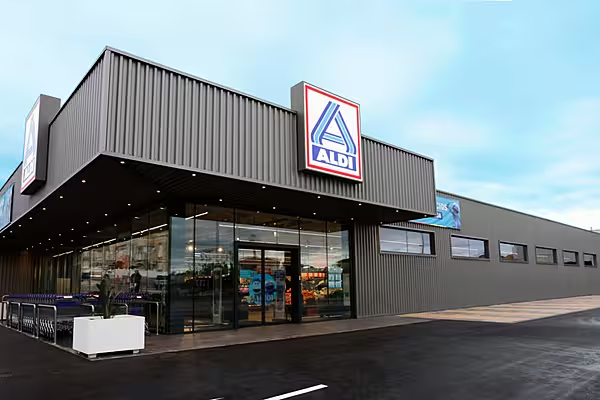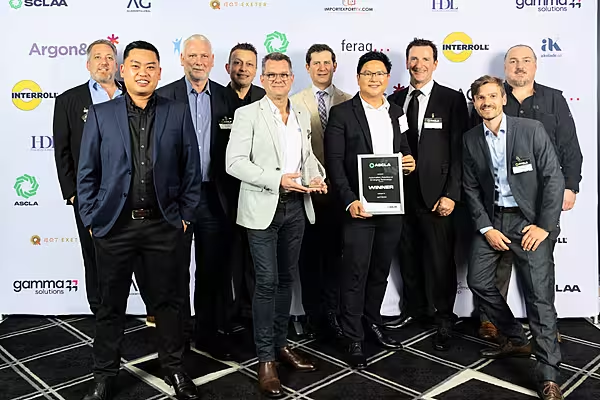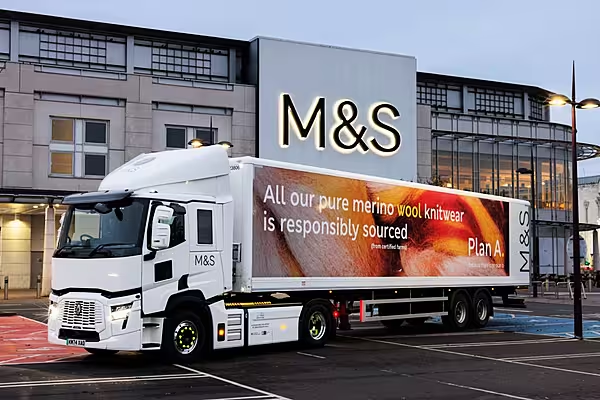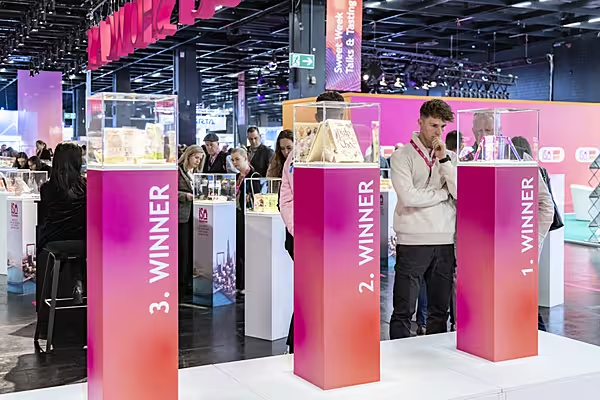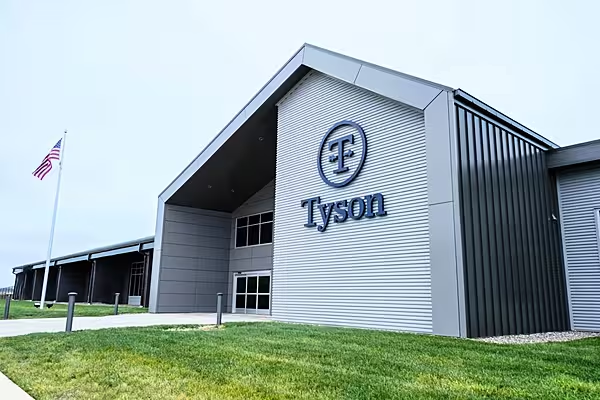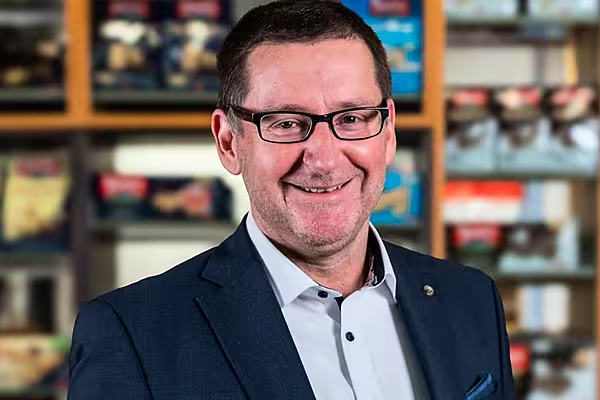The comparison between a high-performance Formula 1 car and a highly efficient logistics centre is obvious: the decisive factor for success is the overall package. In motorsports, for example, you need not only the frame, engine, and tires, but also a driver who makes optimum use of the vehicle and the technology.
The same applies to the logistics centre: it needs the right balance between material flow, mechanics, IT, and the people who work with the technology in order to optimally exploit all potential in the internal and external supply chain.
Good usability, user experience, and connectivity do not only support the employees 'driving' the system, but are increasingly becoming a competitive advantage in intralogistics.
Transparent machine user interfaces have become decisive factors. They save time, create process reliability, and are important when it comes to attracting employees. Dominik Simbeck and his team at WITRON are thinking through and mapping demanding logistics processes in such a way that the workers in the logistics centres can work efficiently on the basis of easily understandable dialogs.
The Right Balance Leads To Success
“For decades, WITRON has been setting benchmarks in distribution logistics, especially in food retail, with its automated solutions. It is crucial that we look at a project from end-to-end”, explains Dominik Simbeck, Head of the Competence Center - Basic Project Support.
“This includes the machines, the processes, the system service, and, of course, the people who work in the logistics centre. A project can only be successful if you have all dimensions in mind and when the balance is right. Or to put it simply: Usability is just as important as physics – and vice versa. Both must always get due consideration.”
Measurable Results
In the past, WMS developers at WITRON were responsible for the design of the user interfaces, "which was definitely evident in the complexity of some dialogs”, says Simbeck. “Today, employees from the process management, who are deliberately not technicians, take care of this. The development of function and design has been actively separated from each other."
Before developing dialogs, Dominik Simbeck and his team are therefore frequently on site at the logistics centres, observing the users, their behaviour, talking to them about their needs, and analysing habits.
“After all, the user should click as little as possible to fill a shipping tote with goods," he says.
In Parkstein, developers then model the processes and design the first click dummies, which they take back to the users to test for practical feasibility, alongside them.
For more information, visit ideenraum.witron.de.
© 2021 European Supermarket Magazine – your source for the latest retail news. Sponsored post. Click subscribe to sign up to ESM: The European Supermarket Magazine.


